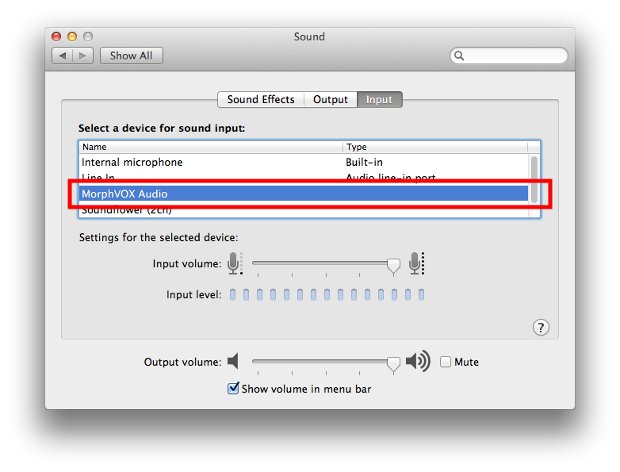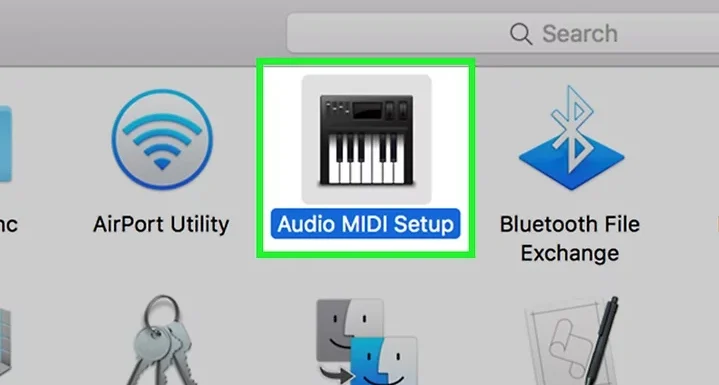How to Fix HDMI Sound Not Working Mac
When your Mac connects to a screen using HDMI but there’s no sound, it’s usually because the Mac doesn’t recognize HDMI as an audio option. You’ll see the video, but sound might still come from the Mac speakers or cut in and out on the external screen. This often means the Mac isn’t sending sound through HDMI, even though the video works.

A typical cause is the wrong audio setting or a failed connection for sound between the Mac and the screen. Other reasons might be outdated Mac software or a bad HDMI cable or adapter.
Now that you know the causes lets discuss the solutions.
1. Select Your TV as a Sound Output Device
Switching the audio to your TV makes sure the sound goes through HDMI, not the Mac speakers. The HDMI cable sends video and audio, but your Mac might not switch the sound automatically. Choosing the TV as the output device tells the Mac to send audio through HDMI, which often fixes sound issues on the TV.
- Press and hold the Option key on the keyboard, then click the speaker icon in the Mac menu bar (top right corner).
- From the drop-down menu, choose your HDMI-connected TV.

2. Adjust System Preferences
By adjusting settings in System Preferences, you tell your Mac to send sound through the right device. This ensures your setup works correctly, confirming all devices communicate properly, especially if they didn’t before.
- Click the Apple icon on your Mac menu bar, and choose System Preferences.
- Now click the Sound icon.
- From the 3 tabs available (Sound Effects, Output, and Input), choose Sound Effects.
- Somewhere in the middle of the window in the “Play sound effects through” section, click the drop–down, and choose your TV.

- Next, select the middle tab – Output.
- Select your TV in the section “Select a device for sound output.”

- Now, use either Finder or Launchpad to navigate to Applications > Utilities > Audio MIDI Setup, and double-click on it to open.

- On the left side of the window, you should now see HDMI. Somewhere in the middle of the window, in the Output tab, where you see “Source:” choose your TV from the drop-down list.
- If you cannot see a speaker icon next to HDMI in the list on the left, do the following:
- Select the wheel icon with a down-pointing triangle in the bottom left window.
- Ensure sound output is selected, with a speaker icon next to HDMI in the device list.

- If there’s still no sound from your TV, log out and back into your MacBook Pro account. You should now hear audio from the TV.

3. Set Format to 41,000Hz
Changing the audio format to 41,000Hz helps your Mac work better with HDMI devices like TVs. This adjustment matches the sample rate these devices expect, fixing sound problems due to mismatched frequencies. It can stop issues like audio dropping or not playing.
- Navigate to Applications (Go > Applications).
- Open Utilities and double-click on MIDI Setup.
- Select the HDMI device on the left panel and change the “Format” values to 00Hz.
4. Power Cycle both Devices
Sometimes, turning your Mac and display off and on resets their connection. This clears temporary issues or data errors, especially with HDMI. A fresh start often fixes sound problems.
- Turn off each of your devices completely.
- Unplug their power supply and press and hold the power button for 3-5 seconds.
- Plug everything back in and check if the issue is resolved.
5. Turn off Monitor
Restarting the monitor can help fix HDMI sound issues. Turning it off and on forces your Mac to refresh the connection, helping it recognize the HDMI audio output correctly. This often resolves temporary sound routing problems.